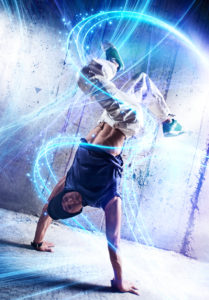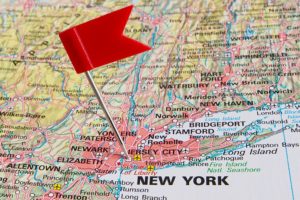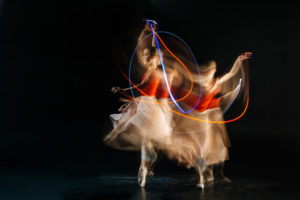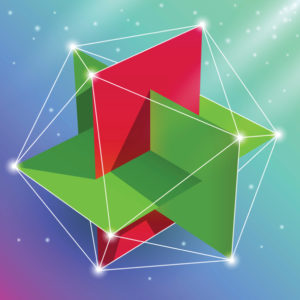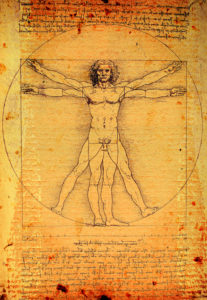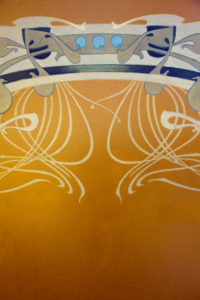
In his first career as a visual artist, Laban was closely involved in the Art Nouveau movement. Literally meaning “new art,” Art Nouveau was a self-consciously modern movement focused on the applied arts rather than the fine arts. The movement expressed itself in innovations in architecture, furniture, fabric, dishes, lamps, jewelry – redesigning the everyday objects that people use and the spaces they inhabit.
In short, Art Nouveau aimed to break with tradition and change the shape of the modern world.
As Laban’s career shifted from art to dance, he had to confront the stable formality of traditional ballet. In keeping with the aims of Art Nouveau, the new dance had to break away from the past and explore modern ways of moving. For Laban, this involved experimenting with novel lines of motion, ones that challenged the dancer’s balance yet preserved a rhythmic oscillation between stability and mobility.
By the end of the 1920’s, Laban had designed many new patterns for dancing. These veered away from static geography of ballet and opened new territories for exploration of the kinesphere by drawing entirely on deflected directions.
Find out more in the upcoming course, “Decoding Choreutics: Part 2.”

